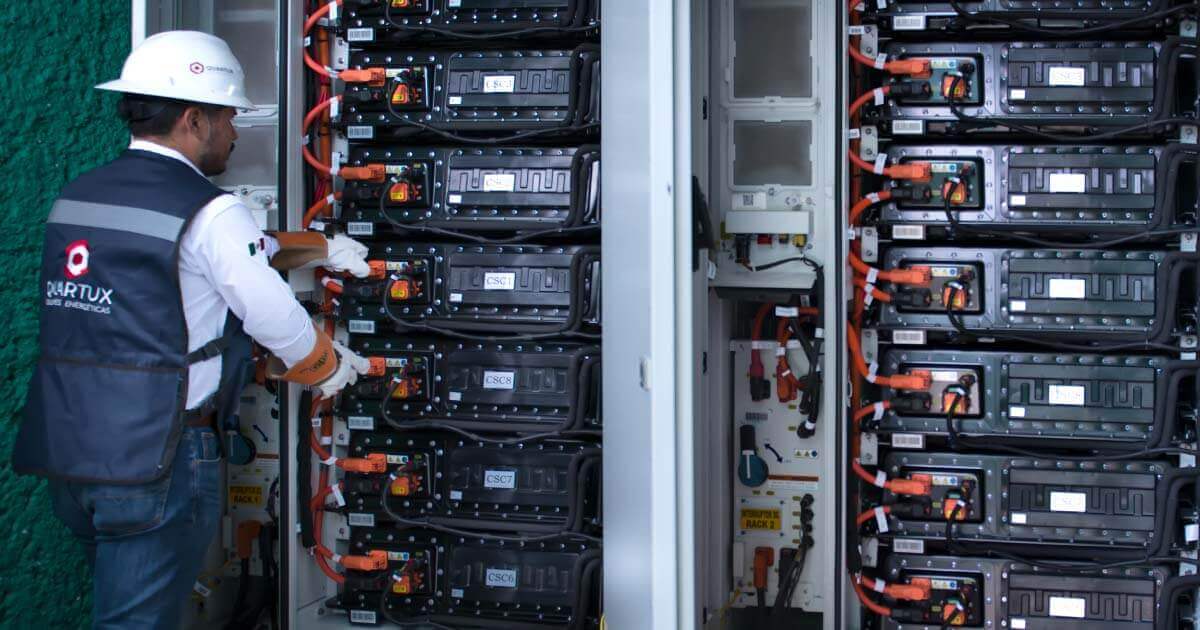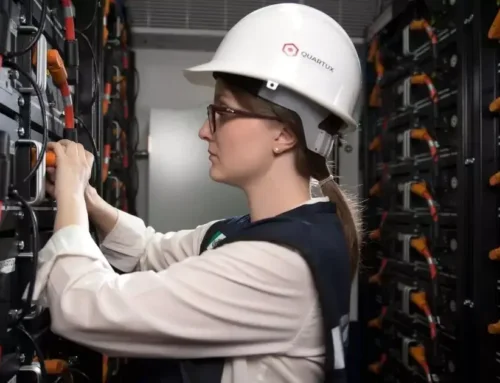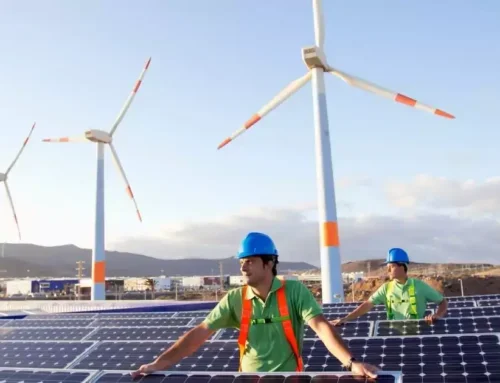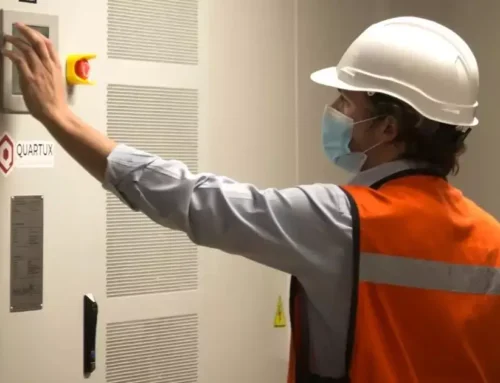Storing electrical energy is one of the most crucial processes to harness this resource, becoming an innovative option for the energy sector globally and domestically. Hence, the creation of new forms, technologies, and systems for electrical energy storage has made significant strides in recent years, aiming to utilize every megawatt, save electricity, and enhance energy efficiency.
Electrical energy storage is undeniably a key process for energy transition, helping to balance the variability of renewable energy sources’ production. Additionally, these systems balance electricity supply and demand while improving energy quality by regulating frequency and voltage.
Advantages of electrical energy storage:
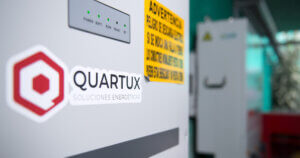
Based on all the above, promoting and developing new technologies for electrical energy storage is gradually becoming a necessity for the country. In this context, market conditions have become more favorable: the implementation costs of energy storage systems have decreased by more than 80% in just the last decade, and customers and investors have shown increasing confidence in new electrical energy storage projects.
Furthermore, another significant advantage of electrical energy storage systems is their highly effective solution for avoiding power outages, which often leave millions of users without electricity due to high electrical demand and weather events or even scheduled cuts during peak hours of electricity consumption.
Thus, storing electrical energy prevents industries from halting operations and experiencing economic losses due to interruptions. In this regard, installing intelligent storage systems allows users to utilize stored energy throughout the day when it is most needed.
A great solution with significant challenges
Undoubtedly, expectations for energy storage growth have risen globally, as even the two largest economies in the world, the United States and China, have increased their electrical energy storage capacity in recent years. However, progress in implementation varies from one country to another, depending on public policies, regulations, and project profitability in each.
In this sense, it is worth noting that there has not yet been rapid deployment of electrical energy storage systems in Mexico, primarily due to lack of regulation and current political uncertainty in the field, leading to sectoral instability and even investor concerns.
Due to this, despite the significant benefits of electrical energy storage, its deployment has been slow nationwide, as it is essential to have appropriate legal definitions for electrical energy storage to overcome some of its main challenges, such as implementing large-scale electrical energy storage devices while maintaining cost competitiveness.
Don’t let them charge you more for peak energy in your company; contact us now: +52 55 525 45126.
Main electrical energy storage systems
There are different systems and devices for electrical energy storage whose implementation contributes to enabling companies and large industries to carry out intelligent energy management for their activities. Electrical energy storage systems provide significant value in the energy supply chain and, depending on their capacity, can store energy on a large scale or at the end-user level.
Currently, there are various electronic devices for efficient electrical energy storage and transformation. Globally, the most common and economical way to store electrical energy on a large scale is through hydroelectric pumping. This electrical energy storage system generates large amounts of clean energy with quick response times and has the highest installed capacity worldwide.
In a hydroelectric pumping plant, electricity is generated by pumping water during periods of low electrical demand to be used during periods of high electrical consumption. Its technology is used by large hydroelectric plants, as it allows energy to be stored for several hours.
Another way to store electrical energy is through compressed air energy storage, which operates mechanically through a reversible engine that stores ambient air in underground chambers at high pressures. This underground “cavern” is specially constructed for electrical energy storage, and when it reaches its maximum capacity or demand increases, compressed air is extracted and used to produce electrical energy.
Other electrical energy storage devices
Furthermore, there is a thermal process for electrical energy storage using materials that retain and subsequently release energy in a controlled manner. This method uses exposure to extreme temperatures, either very high or through cooling. This energy storage technique harnesses heat by raising or lowering the temperature of a substance.
Another mechanical way to store electrical energy is through flywheels, which consist of a metal disk that spins and brakes to conserve electrical energy kinetically. The metal disk starts spinning when a torque is applied to it, and as it rotates, it is slowed down by a resisting torque, preserving the energy in kinetic-mechanical form.
Likewise, a device used to store electrical energy in large quantities, with electrostatic charges and without chemical reactions, is the supercapacitor. These electronic devices that store electrical energy can be charged and discharged in seconds and are ideal for covering interruptions in supply or peak power requirements, as they can quickly release stored energy when needed.
There are also ways to store electrical energy through hydrogen fuel cells, which provide continuous chemical storage that is continuously supplied from the outside. This method is the most common among fuel cells used for this purpose. Hydrogen is often referred to as a “fuel of the future” as it produces electricity through renewable energy sources and can be stored in special containers for long periods.
Batteries for electrical energy storage
Electrical energy storage in batteries is one of the most innovative systems among different energy storage devices. This platform offers permanent stability and allows energy to be stored in chemical compounds that generate electrical charges. Among its main advantages are its rapid response capacity, ease of installation, and scalability. These batteries can be lithium-ion, lead-acid, or nickel-cadmium.
How to store electrical energy in a battery?
The use of lithium batteries for electrical energy storage contributes to making electrical energy consumption more efficient, facilitates the adoption of renewable energy, and has a lower environmental impact.
Lithium-ion batteries operate at a high number of regeneration cycles, with high performance and adapt to the energy needs of the high-consumption electronics industry. With the development of this technology, it is possible to store generated energy, as lithium has a high electrochemical potential, allowing it to accumulate large amounts of energy efficiently.
As mentioned earlier, the reduction in the implementation cost of this technology has been very significant in recent years. According to BloombergNEF (BNEF), between 2010 and 2018, the cost of lithium-ion batteries decreased by 85%, and projections indicate that it will continue to decrease further in the coming years, reaching half of its price by 2030.
By 2040, according to the expectations set by BNEF, battery demand will be 4,584 GWh in stationary storage and electric transportation sectors, representing an unprecedented boost for battery manufacturers, the lithium, cobalt, and nickel extraction industry, further paving the way for energy transition.
Call us right now if you want to save energy in your company or business: +52 55 525 45126.
Quartux: the future of electrical energy storage
One of the keys to driving storage solutions beyond the complexity of the Mexican electrical market is reaching end consumers. In this way, electrical energy storage projects in the country, such as Quartux, make headway in the sector with high potential impact. By operating efficiently and appropriately and committing to making the necessary efforts to create a reliable system, Quartux has managed to reduce energy consumption costs for users.

How do batteries work for electrical energy storage? Lithium-ion batteries are installed behind the meters to control users’ consumption profiles and utilize stored energy throughout the day during potential blackouts or during high-rate or peak hours set by CFE. This means that cheap energy generated during high solar irradiation periods will be efficiently stored for redistribution during times of peak demand.
To learn more about our energy storage systems, contact us now or call us: +52 55 525 45126. Guaranteed safety and reliability Quartux battery storage systems technology ensures safety and reliability for the customer. Additionally, it’s an energy storage solution that doesn’t require permits from the National Energy Control Center (CENACE) for installation and operation. By installing the systems behind the meter, they only modify consumption but do not generate electricity.
Finally, after the installation of Quartux’s electrical energy storage system, users have the ability to take control of their consumption and monitor it in real-time.
Why Quartux is the future of electrical energy storage? The installation of battery systems behind the meters is a turning point to further expand electrical energy storage systems in Mexico.
As time progresses, costs decrease, and more regulatory and political challenges are overcome, electrical energy storage technology will gradually consolidate to create a reliable and competitive national network that leads Mexico towards efficient energy use, lower consumption costs, and greater integration of renewable energies.


